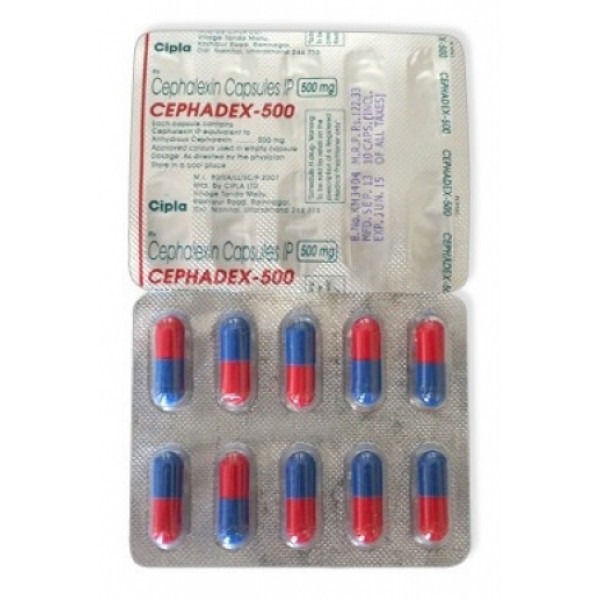Himalaya Abana es un suplemento herbal natural formulado por la reconocida compañía Himalaya Herbals. Está diseñado para apoyar la salud cardiovascular y promover el bienestar general. Himalaya Abana está compuesto por una mezcla única de hierbas potentes e ingredientes naturales que se han utilizado en la medicina ayurvédica tradicional durante siglos. En este artículo, proporcionaremos una guía completa sobre Himalaya Abana, incluyendo sus ingredientes, beneficios, usos y perfil de seguridad.
Ingredientes de Himalaya Abana
Himalaya Abana contiene una mezcla sinérgica de hierbas e ingredientes naturales conocidos por sus beneficios para la salud cardiovascular. Algunos de los ingredientes clave en Himalaya Abana incluyen:
- Arjuna (Terminalia arjuna): Conocido por sus propiedades antioxidantes, el Arjuna se ha utilizado tradicionalmente para apoyar la salud del corazón y promover niveles saludables de presión arterial.
- Guggul (Commiphora wightii): El Guggul se ha empleado en la medicina ayurvédica para ayudar a mantener niveles saludables de colesterol y apoyar la salud cardiovascular.
- Shilajeet (Asphaltum): El Shilajeet es una sustancia rica en minerales conocida por sus propiedades antioxidantes y ha sido usada tradicionalmente para apoyar la salud del corazón.
- Ceniza de concha (Shankh bhasma): El Shankh bhasma es una preparación ayurvédica tradicional hecha de conchas marinas, conocida por sus beneficios digestivos y cardiovasculares.
- Bedelio indio (Guggulu): El Bedelio indio ha sido utilizado en la medicina ayurvédica para apoyar niveles saludables de colesterol y promover la salud cardiovascular.
Beneficios y usos de Himalaya Abana
Himalaya Abana está formulado para proporcionar varios beneficios potenciales para la salud cardiovascular, incluyendo:
- Apoyo a niveles saludables de colesterol: Las hierbas como Guggul y el Bedelio indio se han usado tradicionalmente para mantener niveles adecuados de colesterol, importantes para la salud del corazón.
- Promoción de niveles saludables de presión arterial: El Arjuna, uno de los ingredientes principales, ha demostrado apoyar niveles saludables de presión arterial, cruciales para el bienestar cardíaco.
- Propiedades antioxidantes: Himalaya Abana contiene hierbas con efectos antioxidantes, como Arjuna y Shilajeet, que ayudan a proteger el corazón del estrés oxidativo y mantener su funcionamiento.
- Apoyo a la función cardíaca: La mezcla única de hierbas en Himalaya Abana está formulada para optimizar la función del corazón, fortaleciendo el músculo cardíaco y promoviendo un ritmo cardíaco saludable.
- Bienestar general: Además de sus beneficios para el corazón, Himalaya Abana puede promover la salud digestiva, mejorar el metabolismo y fortalecer la inmunidad.
Perfil de seguridad de Himalaya Abana
Himalaya Abana se considera generalmente seguro para la mayoría de las personas cuando se utiliza según las indicaciones. Sin embargo, siempre se recomienda consultar con un profesional de la salud calificado antes de iniciar cualquier suplemento, especialmente si se tiene alguna condición médica preexistente o se están tomando medicamentos.
También es importante señalar que Himalaya Abana es un suplemento dietético y no debe utilizarse como sustituto de una dieta y estilo de vida saludables. No está destinado a diagnosticar, tratar, curar o prevenir ninguna enfermedad.
Conclusión
Himalaya Abana es un suplemento herbal natural formulado para apoyar la salud cardiovascular y el bienestar general. Contiene una mezcla única de hierbas potentes e ingredientes naturales como Arjuna, Guggul, Shilajeet, ceniza de concha y Bedelio indio, conocidos por sus beneficios en el mantenimiento del colesterol, la presión arterial, la protección antioxidante y la función cardíaca óptima.
Aunque Himalaya Abana se considera seguro en general, es fundamental consultar con un profesional de la salud antes de comenzar cualquier nuevo suplemento, especialmente en presencia de condiciones médicas existentes o el uso de medicamentos. Además, es esencial recordar que este producto es un suplemento dietético y no debe sustituir una dieta equilibrada ni un estilo de vida saludable. No está diseñado para diagnosticar, tratar, curar o prevenir enfermedades.
En cuanto a su uso, Himalaya Abana suele presentarse en forma de tabletas, y la dosis recomendada puede variar según la edad, estado de salud y otros factores individuales. Es importante seguir las instrucciones de la etiqueta del producto o las indicaciones del profesional de salud para un uso seguro y eficaz.
En resumen, Himalaya Abana es un suplemento herbal natural que puede ofrecer beneficios potenciales para la salud cardiovascular y el bienestar general. Sin embargo, siempre es necesario consultar con un profesional calificado antes de iniciar su consumo y mantener una dieta y estilo de vida saludables para una salud óptima del corazón.
→- Category: Men`s and women`s health
El aciclovir, también conocido como acyclovir, es un medicamento comúnmente recetado para tratar infecciones virales causadas por virus del herpes, incluidos el herpes genital, los herpes labiales y el herpes zóster. Aunque generalmente se considera seguro y eficaz, como cualquier otro medicamento, el aciclovir puede provocar efectos secundarios. En este artículo, exploraremos los efectos secundarios comunes y poco frecuentes del aciclovir, así como algunas consideraciones importantes de seguridad.
→- Category: Men`s and women`s health









